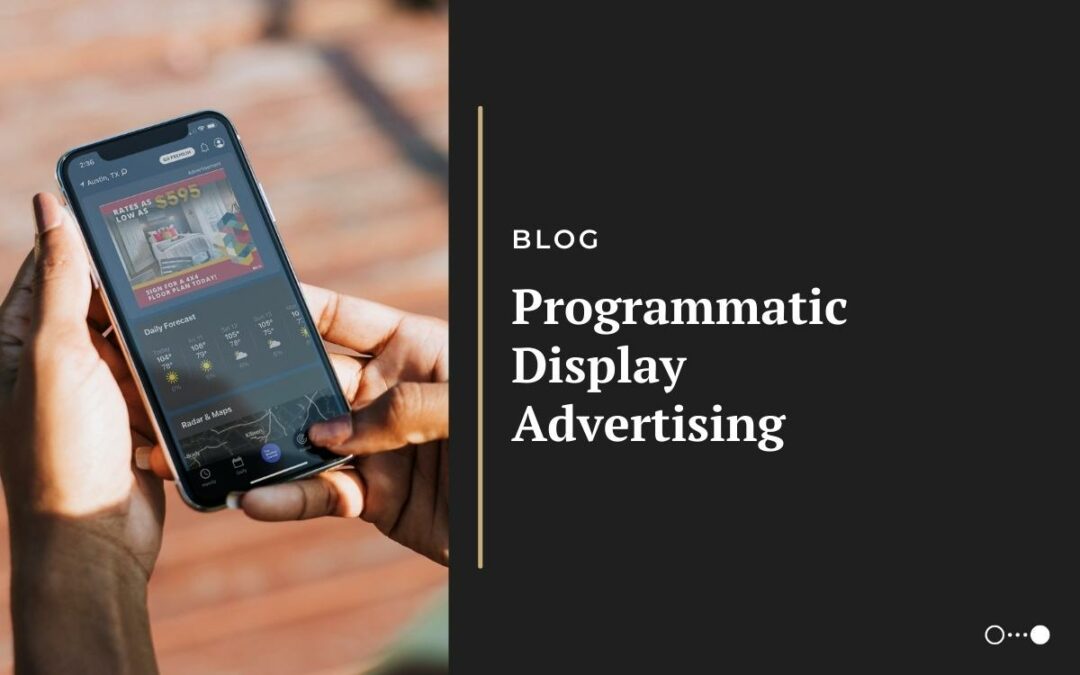What is programmatic display advertising?
Programmatic advertising utilizes automated technology, data insights, and algorithmic tools to serve ads to the correct user at the optimal time, and at the most efficient rate. Programmatic specifically refers to the process behind ads being bought and sold.
There are well-known, popular platforms such as Google Ads, Bing Ads, and Meta Ads that each provide their own benefits.
However, there are other opportunities via demand-side platforms (DSPs) to reach new high-quality audiences. These will send your ads to a high-quality network of publishers across several mediums, with options to serve display ads, video ads, audio ads, and more.
This article will touch on the unique abilities DSPs can provide to your marketing approach.
Why should you leverage DSPs?
Programmatic advertising is essential in today’s advertising landscape. With the ability to reach new users and targeted audiences, programmatic advertising via a DSP provides a strong return on investment and supports full-funnel advertising initiatives.
At Catalyst, we aim to use an omnichannel approach that reaches users at all levels of the funnel. As previously noted, the approach can include display advertising, video advertising (such as connected TV), audio ads, and more.
To elaborate further, display advertising can reach users in a variety of ways, including addressable geofencing, keyword-level behavioral targeting, retargeting, and others.
Coupled with that, the measurement options include cost per lead, video completions, site/page visits, and even walk-ins to specific locations, among others. The granular reporting displays performance from several different angles.
What are some benchmark spends you will need?
Media spends can vary dramatically depending on the market, creative assets, KPIs, marketing budget, and seasonality. In order to establish a presence, the typical media spend for display advertising can start anywhere from $750 to $1,500.
What is the time frame to see results?
Depending on the full approach, results can be seen as quickly as 1–2 weeks. There are a number of different KPIs and conversion actions that will impact this.
When it comes to duration, the recommended minimum is typically around three months. This can ensure the necessary audience for retargeting and have time to serve them ads once again. This is a surefire way to ensure high-quality users see the ads and reach users at different parts of the customer journey.
Creative assets
Static, gif, audio, and video.
Everyone should continue A/B testing and run a variety of ad creative. This will help to keep them fresh with the users as well as the algorithms. From there, analyze the results, and implement the findings into future creative.
Other notable details on benefits
Of course, having a presence on Google is a major part of advertising approaches, but this gives advertisers the ability to reach numerous other platforms and display advertisements to untapped markets.
Coupled with that, the granular reporting shows where there is room to emphasize, minimize, or adjust campaigns to ensure the strongest possible performance.
The possibilities are endless. And that’s where the fun begins!

